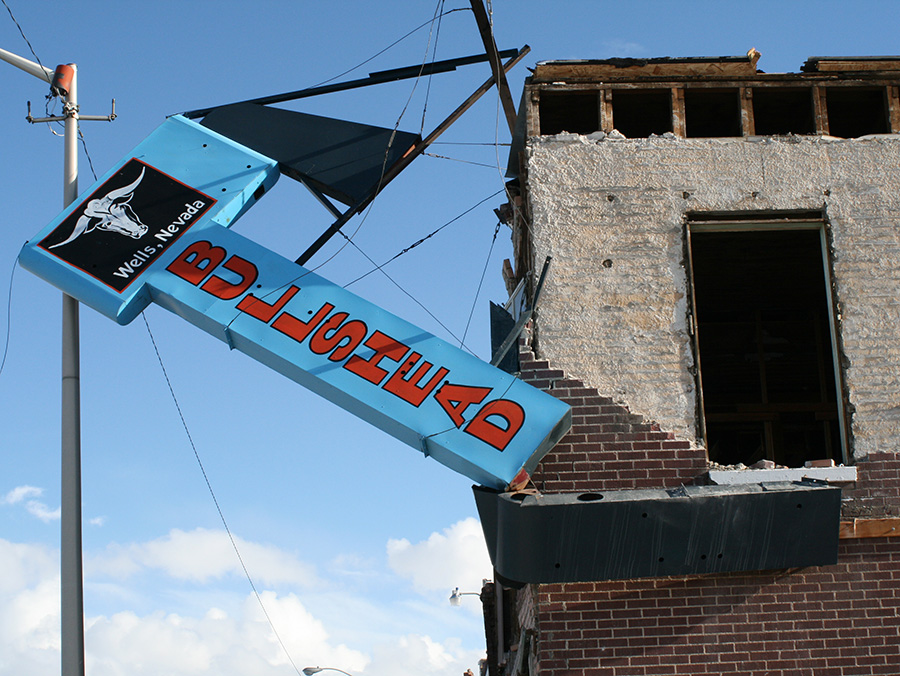The University of Nevada, Reno is taking part in the Great Nevada Shakeout, a statewide public earthquake drill, Thursday, Oct. 15, 2020 at 10:15 a.m. The drill is an important step in becoming earthquake aware and practicing the “drop, cover and hold-on” response in the event of an earthquake.
“Even during a pandemic, we all need to be earthquake aware, and need to practice drop, cover and hold-on – just practice with social distancing and masks,” Graham Kent, director of the Nevada Seismological Lab, said. “Nevadans need to realize we live in earthquake country. Nevada has the third highest incidence of large earthquakes in the United States. A major earthquake in any community, north or south, is possible.
“We can’t prevent an earthquake, so we have to be resilient, to be prepared so we can perhaps lessen the impacts on lives and economic destruction that a major earthquake can cause.”
Drop, Cover, and Hold On is the technique promoted by the Great Nevada ShakeOut as the safest way to protect yourself during an earthquake. In the event of an earthquake, people are encouraged to drop to their knees wherever they are, then use one arm to protect the head and neck while using the other hand to hold on to a sturdy table or desk that you are underneath. If a person cannot find something sturdy to hold on to, they should try to get close to an interior wall, and use both arms to protect your head and neck.
As a part of the drill, University Police Services will activate the University emergency alert system, which may include:
- An outdoor, on-campus notification system. This platform will produce an audible alert, tone, or siren and may be followed by a spoken notification on the main Reno campus only. In the event of an emergency, this platform will be used to notify you of the event and give instructions. In the event of an emergency alert, you should seek shelter in a safe location and monitor media reports, e-mails, computer monitor screens, and emergency texts.
- SMS text and/or e-mail alert.
- Posts to the University Twitter page, University Facebook page and Police Services Facebook page.
- A scrolling banner on all on-campus public monitors and computers university-wide.
- An emergency information banner on the University’s main website.
- A voice notification of the test on AM radio station 1670. You are encouraged to pre-program 1670 AM (which broadcasts in the Reno area) on your car and other radios. This station is administered by University Police Services and is one of the platforms the University will use in a large-scale emergency to provide information about an event as well as institutional closures.
All registered students, faculty and staff will receive a text message and email about the earthquake drill and what to do.
Police Services recommends these helpful resources:
“What to Do When the Earth Starts Shaking”(YouTube)
- Four-slide PowerPoint for an in-class 5-minute drill is posted at ShakeOut.org/colleges/
- Laboratory Earthquake Safety Guidelines
“The beauty of this exercise is that it’s really easy,” Kent said. “It’s an easy way for people to practice how to protect themselves during earthquakes. It’s an action that’s proven to help reduce injury and death during an earthquake.”












